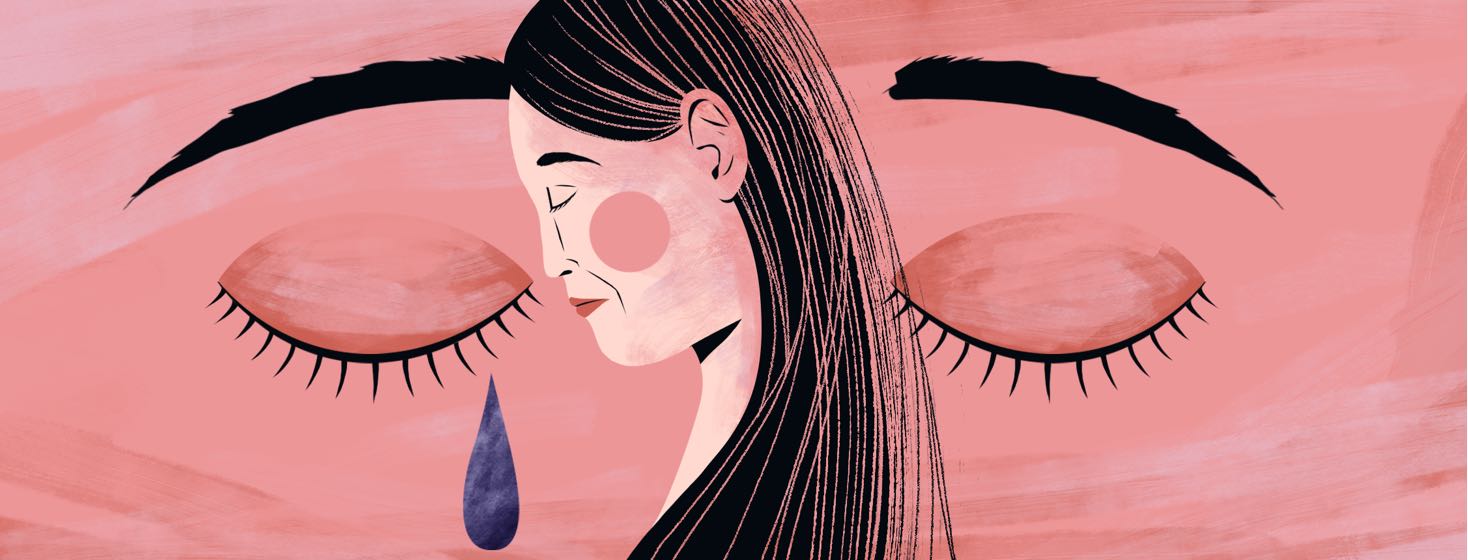My Diagnosis of Corneal Neuralgia
“Your eyes are now producing tears, and your tear film looks healthy,” said my dry eye specialist as he examined my eyes through the slit-lamp.
“But they are still uncomfortable, and they still feel painful at times. I’m still using artificial tears about once every hour or two,” I replied, months after using several different therapies to treat my dry eyes.
“Hmm...let me try a few things,” he said, puzzled.
Running tests
My short appointment slot turned into a whole afternoon at the eye doctor. I was grateful to have him spend so much time with me, especially after my sixth visit to his office, which is four hours from my home. Dry eye diagnoses often take time and relationship.
My doctor proceeded to run a few tests. First, he lightly brushed my cornea to see if I could feel the sensation; I could. He ruled out the possibility that my corneal nerves were desensitized. Then, he put me in a pair of scleral lenses to see if I would be comfortable.
Still feeling pain
Scleral lenses rest on the white part of the eye, the sclera, vaulting over the cornea. Artificial tears are held between the lens and the surface of the eye, bathing the cornea in moisture. My doctor left me in the lenses for about 15 minutes. Even with the lenses, I still had a sensation of pain, particularly in my left eye.
“Strange,” he said. “Your eyes should be feeling good with this moisture bath on your cornea. I think you have what is called corneal neuralgia.”
Hyper-sensitive corneal nerves
The nerves in the cornea are sensitive. These nerves are experts at detecting pain, in order to protect the eye.1 My doctor explained that the months of severe dryness had damaged my corneal nerves, and they had become hyper-sensitive. They were sensing pain and dryness that was not there. He likened the experience to the phantom pain that an amputee experiences.
When I got home and did some research of my own, I read in a medical journal about corneal neuralgia and its symptoms.
This sounded exactly like my case: I had burning, stinging, eye ache, and light sensitivity – even though my eyes looked healthy.
Starting on treatment
To know for sure if I had corneal neuralgia, I would need to be examined with a confocal microscope, which my doctor did not have. But confident that the diagnosis made sense based on my circumstances, I started on my doctor’s advised treatment plan: autologous serum tears, which are drops made from my own blood to help regenerate my corneal nerves.
Long before my appointment, I had read about corneal neuralgia and wondered if I had it. Under this doctor’s care, I trusted in the process of exhausting all options. That process led us to the answer that my nerves had become overly sensitive. And with that knowledge, I am grateful to move forward.

Join the conversation